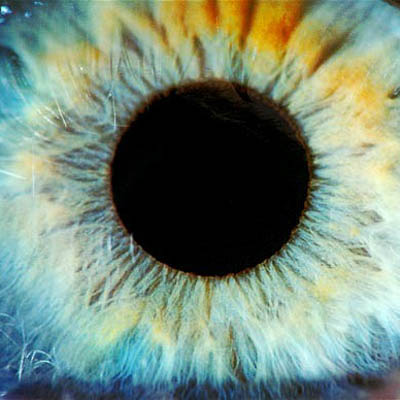Asia Cornea Society

Bali, July 2016, and it’s the first session of the 29th Asia-Pacific Association of Cataract and Refractive Surgeons annual meeting: the Combined Symposium of Cataract and Refractive Societies (CSCRS).
The world’s leading eye experts from the American Society of Cataract and Refractive Surgery (ASCRS) and the European Society of Cataract and Refractive Surgeons (ESCRS) convene for a mastermind meeting focused on eradicating the problem of ageing eyes.
This year the aim of the CSCRS, which acts as “an academic forum for the different regional societies to present the very best of those societies on a specific theme,” is to provide a comprehensive overview of the range of presbyopia treatments available today.
Some doctors consider bifocal and trifocal lenses, while others more experimental methods, such as Huntington Tchaha, MD, Seoul, who shares his experience with planting the KAMRA pinhole inlay.
All these methods, although able to offer reasonable visual outcomes, generally lead to low patient satisfaction. While bifocals are known for their limited field of view and for causing headaches in some users, Tchaha notes a particularly sharp drop in night vision quality from patients with the pinhole inlay.
He acknowledges the current landscape of presbyopia treatments and exclaims in hope:
“Will the future be brighter?”
A 21st Century Solution To Presbyopia
Bifocals, trifocals, and the wide range of multifocal IOLs; there’s certainly no shortage of options for presbyopia. Yet the treatments are far from flying off the shelves, as Kerry Solomon, MD, South Carolina, describes in her statement that only 6-9 percent of patients who receive implants get presbyopia-correcting IOLs — less than one in ten patients.
This is in stark contrast to the high demand for an effective presbyopia treatment. Survey data shows that up to 85 percent of patients age 55–95 are interested in becoming less dependent on spectacles.
Could it come down to the cost? Dr. Solomon doesn’t think so. He believes IOLs are not able to produce a good enough quality of vision for the patient and unable to meet the level of refractive outcomes the surgeon needs.
So where do presbyopia patients look for treatment? Many are opting for Monovision, a method of presbyopia correction which involves wearing one contact lens that corrects for distance in one eye, and another lens that corrects only for near vision in the other eye.
Albeit a less than ideal solution, Monovision is recognised as one of the treatments for presbyopia that comes with the least downsides. So what if you could take the effectiveness of Monovision and do away with lenses altogether?
At the age of 47, after trying multifocal contact lenses and being unhappy with the “very poor” quality of vision, Dr. Sri Ganesh, MD, India, decided to treat his worsening presbyopia with PRESBYOND® Laser Blended Vision — a procedure which does away with the challenges and drawbacks of Monovision.
As an expert ophthalmologist, Dr. Ganesh based his decision on a range of factors:
- PRESBYOND® Laser Blended Vision has the highest patient satisfaction rate
- It provides good functional vision
- It has the safety and track record of LASIK
- Recommendations and first-hand evidence of results of his staff who underwent the procedure
- The procedure is easily adjustable and reversible
- It has no permanent visual side effects that can’t be easily corrected by glasses
- The results can be maintained even after cataract surgery later in life
If you’d like to book a consultation with us, or find out more about our revolutionary presbyopia treatment, leave us a comment or give us a call us on 020 7224 1005.


